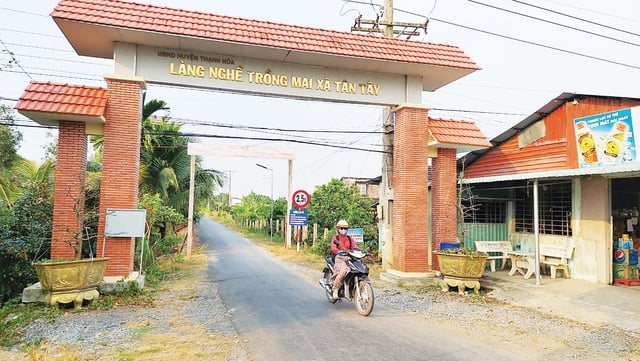
The way to Tan Tay yellow apricot village
Prosperity thanks to yellow apricot
In 2003, a 22-year-old man named Tran Van Thong from Long An went to the "Kingdom of Ornamental Flowers" Cai Mon (Ben Tre) to find artisans specializing in yellow apricot flowers to learn the trade. A year later, he returned home in Hamlet 4, Tan Tay Commune to ask his father to let him clear the 1,700 m2 cajuput bank along the canal to plant 500 yellow apricot trees. After 5 years of persistent care, Mr. Thong selected a number of beautiful apricot trees and sold them for nearly 500 million VND, then used this money to invest in buying 5,000 m2 of land to continue growing yellow apricot trees.
Realizing that Mr. Thong's model had high income, many other farming households also learned to grow it, with a total of more than 20 hectares of yellow apricot trees. At that time, a 4-5 year old yellow apricot tree cost from 1 to 3 million VND. After 4 to 5 years of planting, the above households earned an average income of about 1 billion VND/5,000 m2 /1,000 trees, much higher than growing rice. Currently in Tan Tay, there are many old, beautiful apricot trees... priced up to several hundred million VND. Up to now, the whole Tan Tay commune has nearly 500 hectares of yellow apricot trees with the majority of households being members of Tan Tay apricot growing craft village.
Thanks to the support of the Department of Agriculture and Rural Development and the Department of Science and Technology of Long An province, all households in Tan Tay apricot growing village have attended classes on planting and caring for ornamental plants to establish the yellow apricot association under the Long An Ornamental Plants Association.
The good news spread far and wide, artisans and traders from Ben Tre, Tien Giang, Dong Thap provinces, the Southeast region, the North... flocked here to buy yellow apricot trees. Since then, the lives of Tan Tay people have become more prosperous and Tan Tay commune has transformed from a poor commune in the Dong Thap Muoi region to the first New Rural commune in Thanh Hoa district, currently in the process of completing the construction of an advanced New Rural commune.
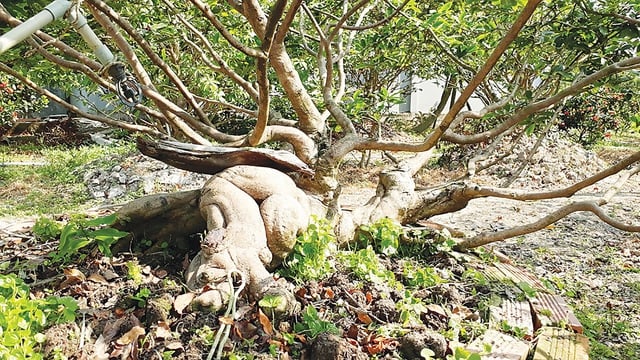
An apricot "grandfather" in Tan Tay apricot village
Tourist attractions with Western characteristics
Mr. Pham Tung Chinh, Chairman of Thanh Hoa District People's Committee, said that at the end of 2022, Long An Provincial People's Committee issued Decision No. 9170/QD-UBND approving the Project on developing the Apricot Growing Craft Village in Tan Tay Commune associated with tourism development in Long An Province until 2030. With the investment attention of the province, district and local people, in the near future, Tan Tay Apricot Village will have an Apricot Village Management Area, a stopover with an area of about 2 hectares (from National Highway 62 in no more than 500 m) as a parking area, gathering tourists. The management center with a total area of 3 hectares includes items such as an operation room, an exhibition area and an overview of the formation and development process of the Apricot Growing Craft Village combined with the display of ornamental Apricots; an area for displaying and selling key agricultural products (agriculture, forestry, fishery) of the district; an accommodation area combined with a multi-purpose stage space; an entertainment area, a culinary area, a boat dock, etc.
In particular, the Tan Tay Mai Village will also have a homestay resort jointly implemented by a number of local people. Tourists will experience the local lifestyle in production, learn how to grow and shape mai trees, fish, row boats, visit fruit growing areas, and enjoy rustic dishes typical of the West under the coordination and management of the tourism management center.
Tan Tay apricot village will also provide transportation services for visitors along the route by electric cars and bicycles; enjoy Long An specialties at the dining areas along the river; take souvenir photos at prominent, representative and impressive photo spaces associated with the characteristics of local agriculture and craft villages.
Source link






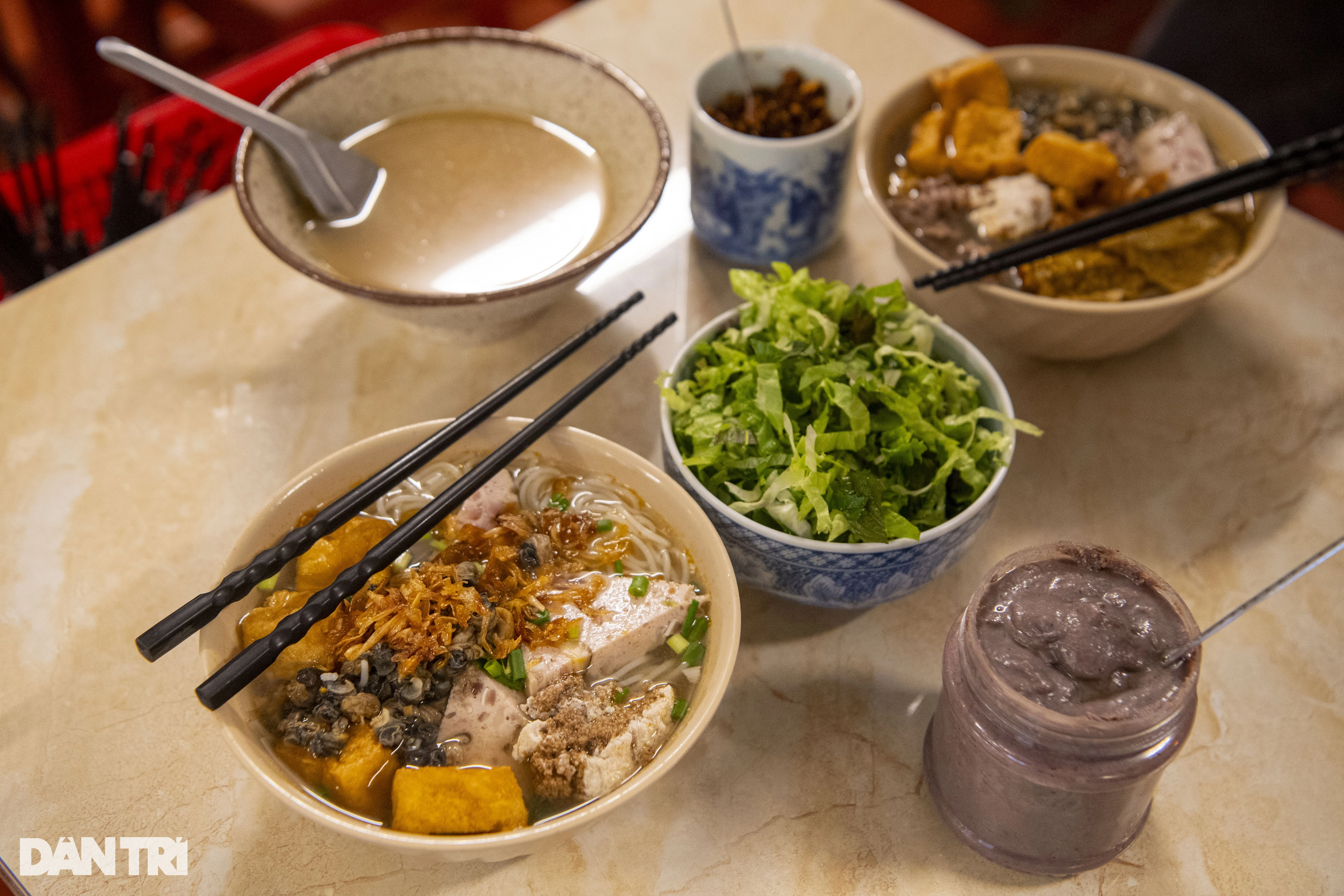





















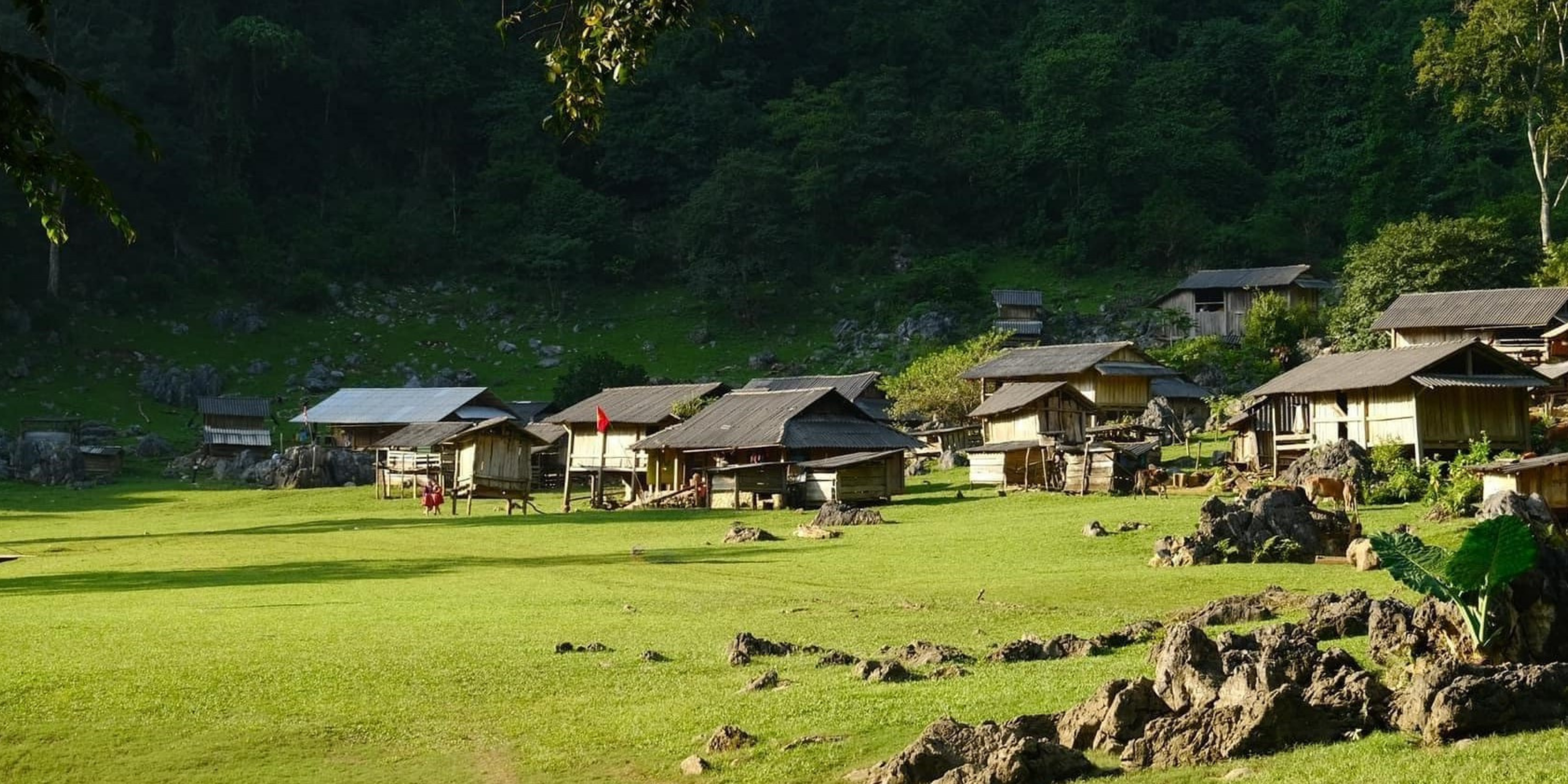
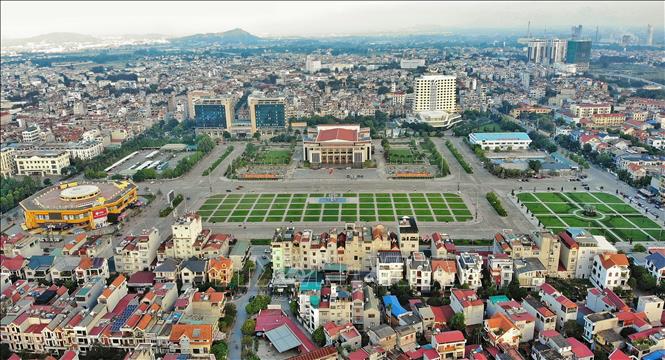
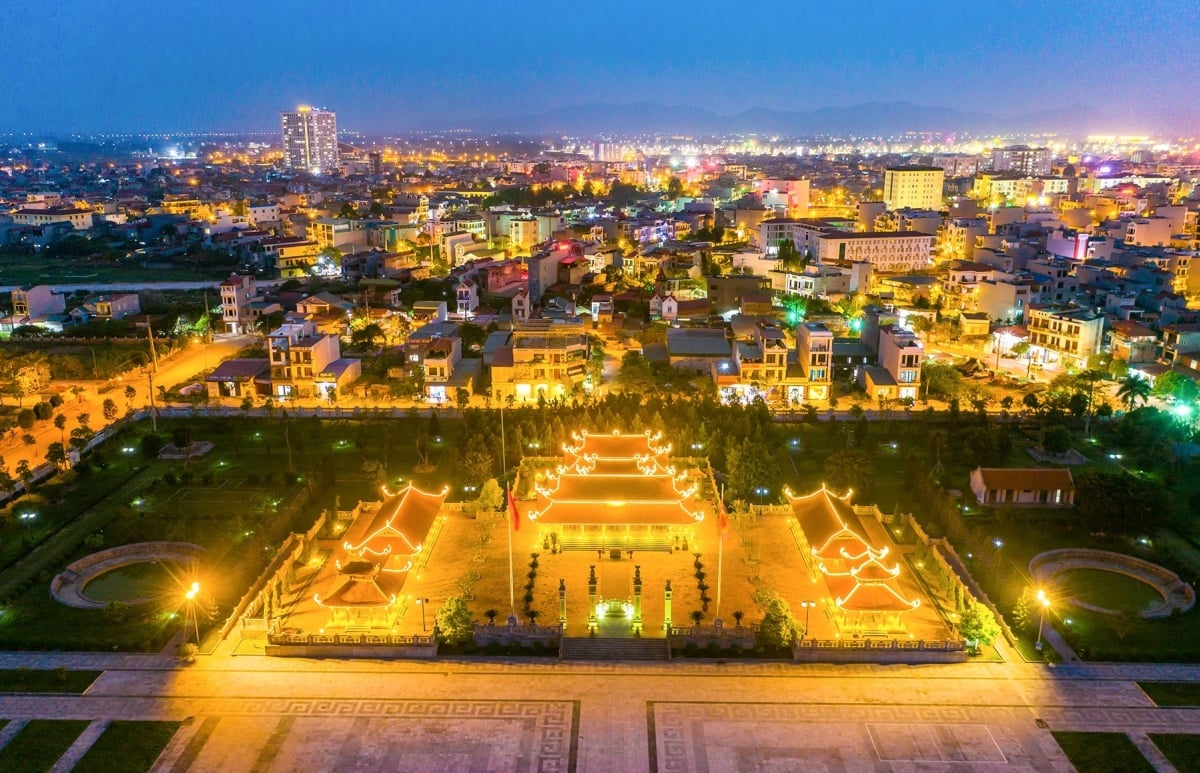


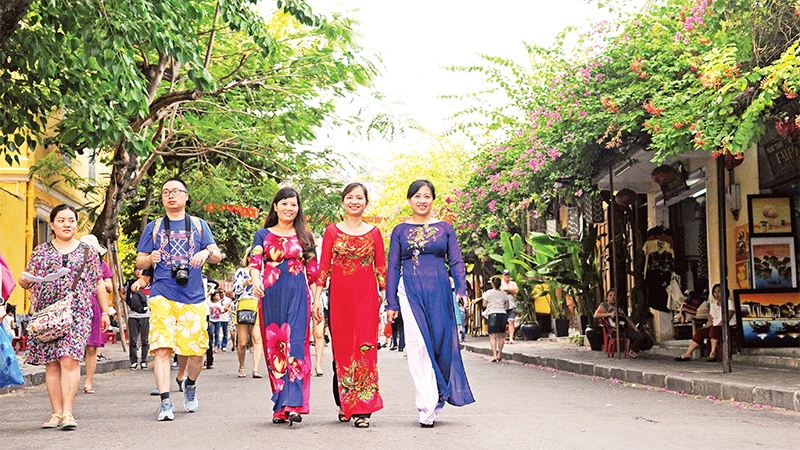

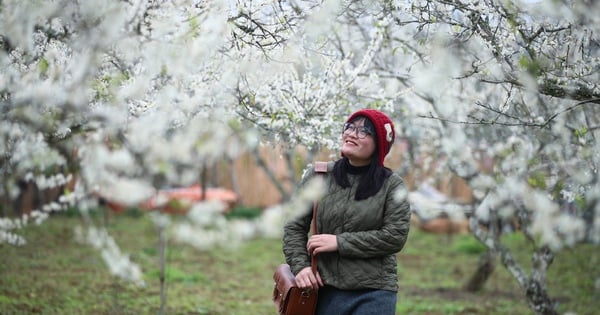


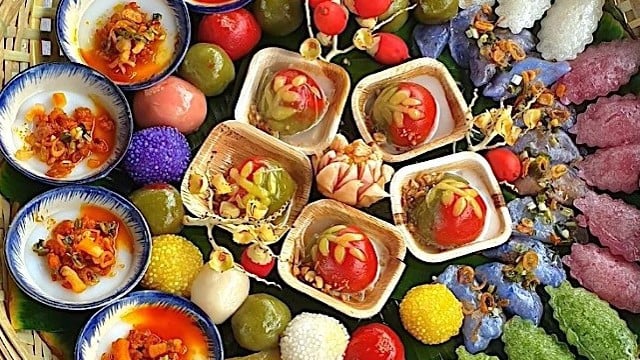




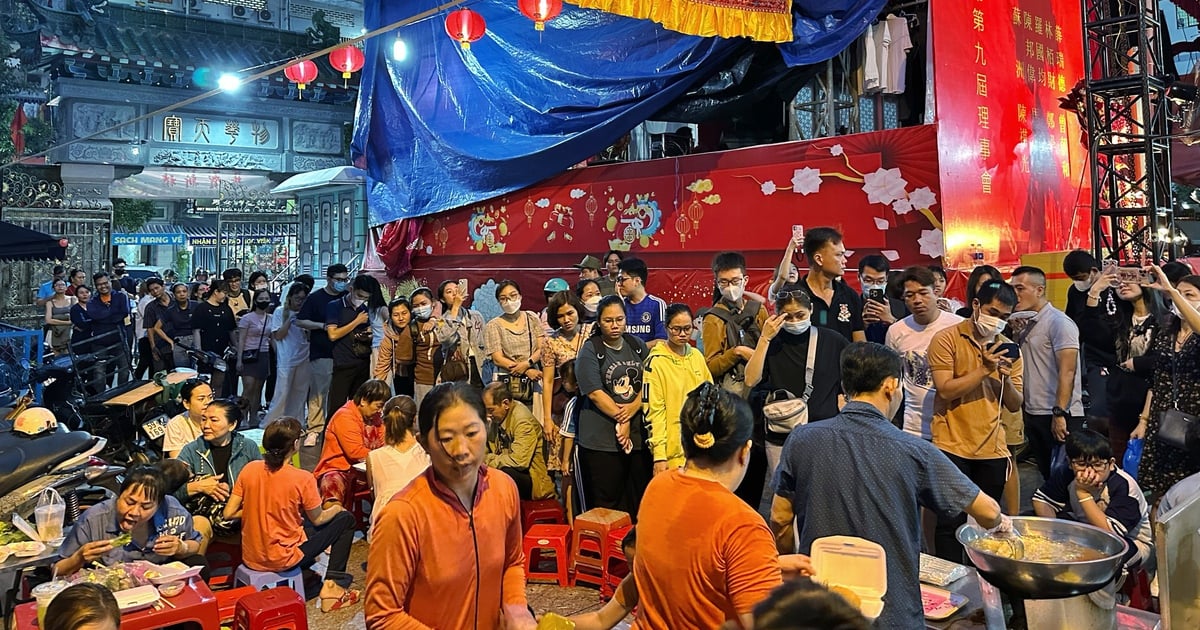



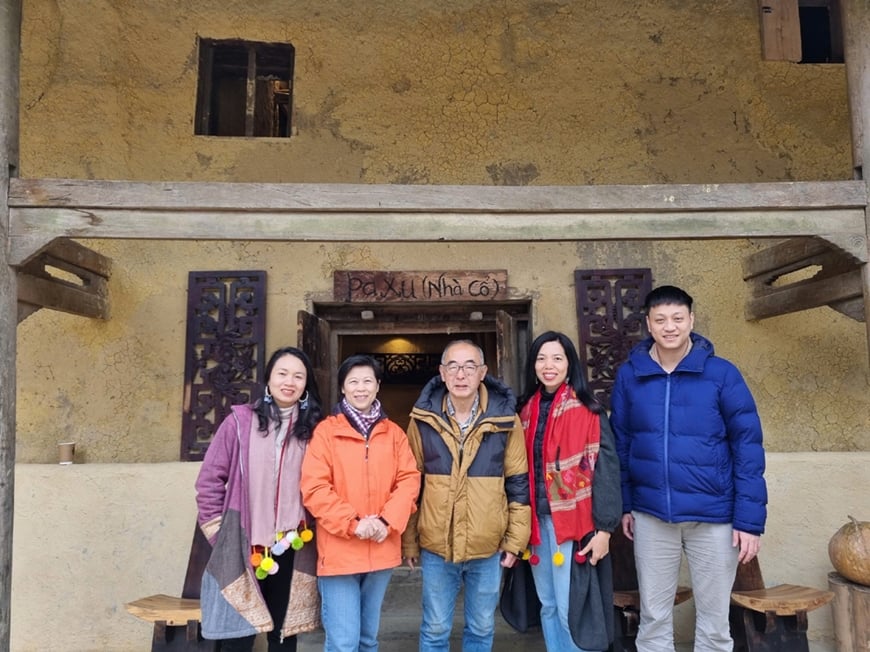












Comment (0)